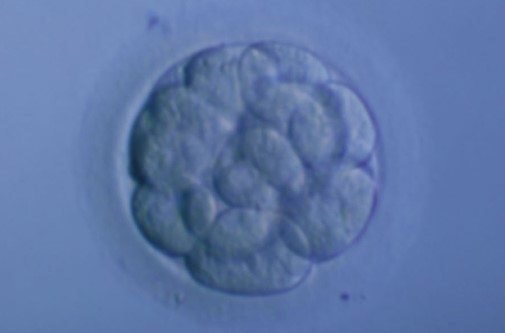
The Embryo Transfer
The eggs are fertilized and are now called embryos. The embryos are cultured for between 2 to 5 days, depending on the number of fertilized eggs available.
- Embryo transfer is a minor procedure where the fertilised eggs are transferred into the womb via a very fine flexible catheter.
- An embryologist will meet with you to discuss your embryos and the number of embryos planned for your transfer.
- The number of embryos to be transferred depends on several factors such as the age of the woman, the quality of the embryos, and the wishes of the patient.
- Sunfert endeavors to transfer the optimum number of embryos to achieve the best results with the least risk of multiple pregnancies.
- Good embryos that are not transferred will be frozen for use in the future.
- Once you, the embryologist, and the doctor have confirmed the plan for the embryo transfer, the doctor will insert a speculum.
- A vaginal ultrasound will be used to visualize the uterine cavity.
- The embryologist will obtain the embryos and load them into the catheter. A small catheter is gently passed to the top of the uterus, through the cervical opening, where the embryos are placed.
- The catheter is then carefully removed.
- Following the Embryo Transfer, you will remain lying down for about an hour before discharged.

